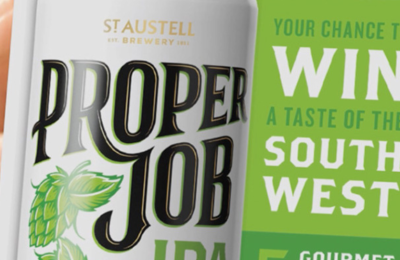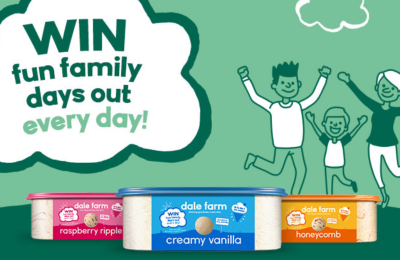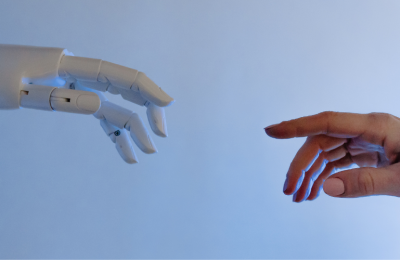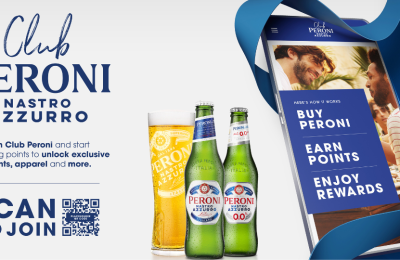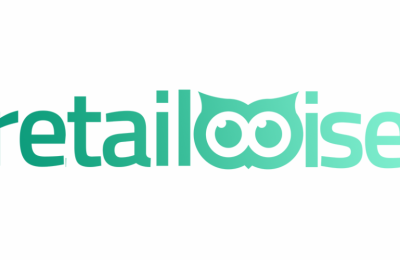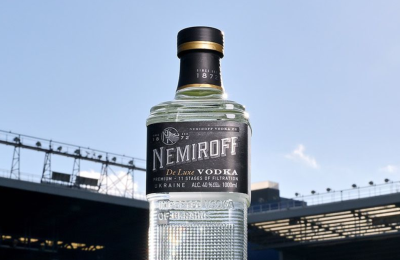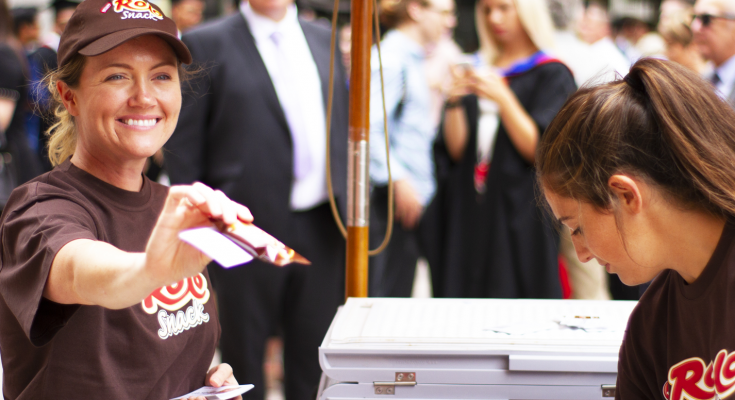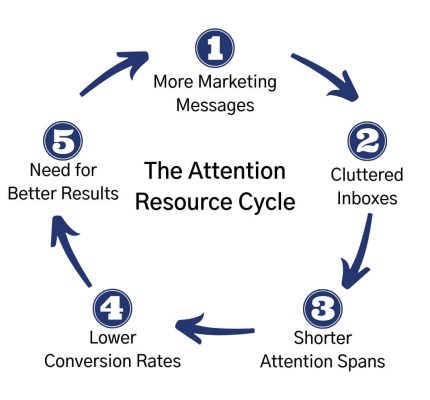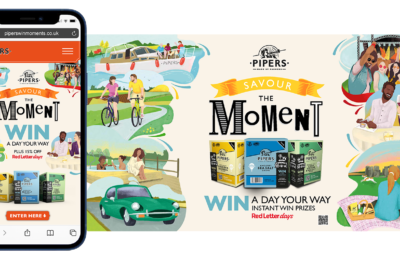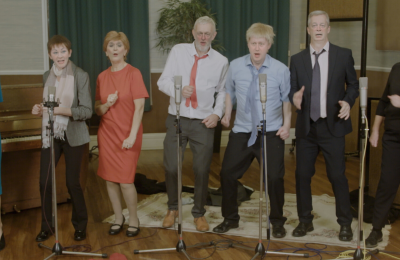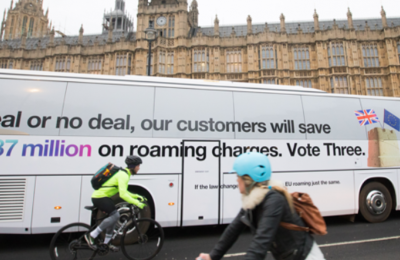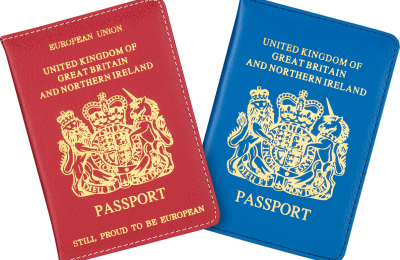Ceri Gravelle, Managing Director at Eventeem, shares how to market to the ‘attention scarcity’.
Marketers are facing an ever-increasing scarcity when they are attempting to gain their audience’s attention due to the competition from thousands of other marketers, companies, people and things for that finite resource.
This handy guide will help you market to this difficult environment and will help you earn more of your business’ scarcest resource.
As marketers, we are facing increasing scarcity when we try and grab the attention of our customers. We are competing with thousands of other marketers and businesses for that finite resource. This shortage of attention might seem like a problem, however, scarcity is a core principle of economics.
Scarcity is how the prices of goods and services are set, which in turn guides our economy. A scarcity of resources isn’t something to necessarily be afraid of. It just challenges us to fight harder and smarter for our audience’s attention.
The Scarcity of Attention
As the amount of information that is accessible to us continues to increase, so grows the amount of calls on our attention. It has been suggested that the average consumer is exposed to up to 10,000 brand messages a day, and that number is only likely to increase.
Unfortunately, that scarcity of attention not only comes from the continuously increasing demands on our attention but also a declining supply in attention spans themselves. The average attention span of your customers has dropped to just 8 seconds, which is lower than the 9-second attention span of a goldfish.
In our modern, information overloaded world, there is so much content trying to grab our attention that it’s easy to become distracted. Faced by this constant bombardment of adverts and messages, consumers are likely to switch between screens up to 21 times an hour.
Marketing to these conditions might seem impossible, but that’s not the case. After all, someone will have an infinite attention span, as long as you are entertaining them.
The Wrong Approach to the Attention Scarcity
Unfortunately, marketers are approaching this scarcity of attention in the wrong way. They are trying to grab the attention of their audience by screaming louder, or more frequently and are actually making the situation worse.
Email marketing is a good example; the average marketing email campaign has a click-through rate of 1.5%, so 10,000 marketing emails are sent out to your audience and on average 150 clicks through. Of course, we want more than 150 interactions from our campaigns, so we compensate by sending more emails with the hope of engaging with more potential customers.
This is where the problem begins. The more emails we send, the more calls on our audience’s attention. This leads to a shorter attention span, which in turn leads to a lower conversion rate and the cycle starts again.
Competing messages and advertisements will continue to grow, and sending more emails or adverts isn’t helping the situation. So how do you market your business, service or products to your ever increasingly distracted customer base?
How to Market to the Attention Scarcity
Despite the old saying ‘quantity is a quality of its own’, when it comes to marketing to the attention scarcity it’s all about getting the most out of each contact with your audience, rather than getting lots of contacts. Indeed, quality has a quality all of its own.
Imagine if, similar to the above example, you still sent out 10,000 marketing emails but had a click-through rate of 15% instead. You would have had to send 100,000 emails to reach that many of conversions in the above example, and it’s more than likely that the increased volume of emails would have had a negative impact on your click-through rate.
The key is to find new ways to compete by producing high-impact communications that grab your audience’s attention and interest. This doesn’t mean you should be using marketing gimmicks like “re:…” or “FWD:…” in the subject lines, or ALL CAPS emails. You are reaching for that quality and attention-grabbing communications that will increase your click-through rates.
The ideal attention-grabbing marketing email or communication pattern:
However, due to the shortage of attention in our audiences and the all-time high demand on our attention, many marketers are struggling to achieve the first part of this pattern, which is what brings down our conversion rates.
How to grab your audience’s attention
The answer lies in making your marketing communications personally relevant to your audience. Gone are the days of marketing to personas. Just because something grabs and hold one person’s attention, doesn’t mean it would do the same for another person. The key to grabbing your audience’s attention and holding it is personalised marketing communications that treat them as individuals.
Change your Marketing Focus
One of the biggest mistakes you can make is focusing your marketing campaign on what you or your business wants to achieve. Of course, it’s important to have targets and goals that you want to reach, however, thinking of your marketing campaign in terms of what you, and your company, wants at the expense of what your audience and customers want is bad practice.
By making the effort to understand who your customers are, you are far better equipped to create attention-grabbing marketing communications that also add value to your audience.
Personalised Emails
Personalised marketing originated with the ability to add individual names in emails. I’m sure you can recall what a novelty it was to use “Hi <firstname>”.
Personalised marketing was incredibly successful due to people’s need to feel personal connections and recognition. Personalised emails are still far more successful than generic marketing communications. The positive feeling from personalised emails also seems to positively effect on-page conversions.
However, there is more to personalisation than just merging someone’s name into an email or even tailoring your marketing communications to their job title, location or other demographics. This tactic generally fails to offer any real value once the user has clicked through, which reduces the overall impact of the communication.
Remember to serve your customer before yourself and avoid this kind of shallow engagement. Instead, you should be moving towards individualisation, or hyper-personalisation, in your marketing communications and consistently offering relevant and engaging content.
Hyper-personalisation
Hyper-personalisation, or individualisation, in marketing communications is where the content is truly customised with each individual member of your audience in mind. This method brings your audience into the story that you are trying to tell.
The entire experience with your brand should feel like you are truly getting to know your potential customers and are building a one-to-one relationship with them. This is how you retain your audience’s attention and increase conversions and sales.
Face to Face Marketing
One way to work with your audience in a personalised way is to actually engage with them as individuals through a face to face marketing campaign.
Face to face marketing is when you promote your business, service or product to another person or to a group of people in person, rather than through digital or traditional marketing. The effectiveness of face to face marketing comes from the ability to connect with your customers on a personal level.
There is a wide variety of ways to approach face-to-face marketing, such as local trade shows, conventions or sampling campaigns. With so many options available to you, it’s easy to see why face-to-face marketing should be part of your business’s marketing plan.
Why is face to face marketing important?
Face to face marketing is still important because it has shown to be very resilient in this digital age. The ability to connect to your customers on a personal and emotional level will always be an essential part of marketing and is something that is hard to achieve within the digital marketing space.
Experiential Marketing
Experiential marketing builds on the connection that face to face marketing creates by forming experiences between your brand and consumers through product sampling, immersive experiences, stunts and events.
If it suits the type of product that you offer, a sampling campaign can be a great way to get a customer’s attention and engage with them. If, for example, you are selling breakfast bars then organising some promotional staff to offer samples outside your local train station during the morning commute, is a great way to let people try your product and recognise your brand identity.
If your promotional team are engaging and knowledgeable about the product, then your potential customers will form a positive opinion of your brand and product, which might impact them the next time they see your product on the shelves.
Marketing to Entertain your Audience
Entertainment, emotion and engagement all go together, and the same can be the case for your marketing campaigns. Effective marketing will stand out and grab your audience’s attention if it elicits the right emotions for your target market.
After all, the Comedian Jerry Seinfeld once said “This whole idea of an attention span is, I think, a misnomer. People have an infinite attention span if you are entertaining them.”
Be Flexible and Persistent
The average consumer will need to see your message seven times before they will take action. So you will need to be persistent. Your marketing campaign may not succeed on the first try, but that doesn’t mean that it isn’t working on a different level.
Strategies such as drip marketing will keep your audience exposed to consistent marketing communications. However, remember that this doesn’t mean that you should be churning out mediocre marketing content and effectively spamming your customers. Instead, keep it relevant and personal to your audience and your brand.
Treat your audience as individuals and make your content relevant to them and their needs. Be aware of the attention scarcity and treat it as the valuable resource that it is. Be persistent in your campaigns but be flexible to your audience’s preferences. This is how you market to the attention scarcity and earn yourself a larger slice of the attention pie.
If you’d like to find out more about Eventeem, get in touch with ceri@eventeem.co.uk / 02921 676 501

